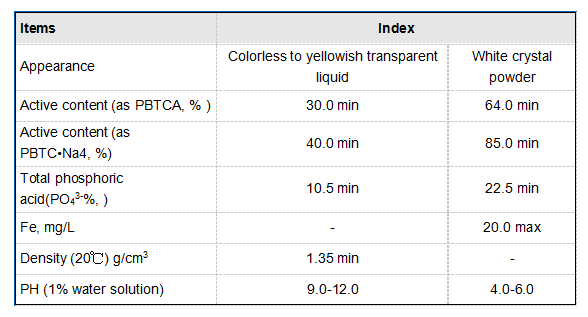Exploring the Benefits and Uses of Octyl Isothiazolinone in Various Applications
Understanding Octyl Isothiazolinone Uses, Benefits, and Safety Concerns
Octyl isothiazolinone, often abbreviated as OIT, is a chemical compound that belongs to the isothiazolinone family, which is widely recognized for its use as a biocide. Primarily, OIT is incorporated into various formulations for its antifungal and antibacterial properties, making it a crucial ingredient across multiple industries, including cosmetics, personal care products, and materials preservation.
Chemical Properties and Applications
Octyl isothiazolinone is derived from isothiazolone, a family of compounds known for their effectiveness in preventing microbial growth. Its chemical structure allows it to efficiently disrupt cellular processes in bacteria and fungi, leading to their inhibition and eventual death. This makes OIT particularly valuable in formulations where prolonged shelf life and stability are paramount.
In the world of personal care, OIT is frequently found in products such as shampoos, conditioners, moisturizers, and sunscreens. Its primary role in these applications is to safeguard the product from microbial contamination, thereby ensuring safety and efficacy for consumers. Moreover, in the industrial sector, OIT is often used in paints and coatings, where it helps prevent the growth of mold and mildew, particularly in damp environments.
Benefits of Octyl Isothiazolinone
The benefits of octyl isothiazolinone are multifaceted. Firstly, its ability to combat a broad spectrum of microorganisms makes it an efficient preservative. This is particularly important in products that are exposed to air and water or that are used frequently—conditions that can facilitate microbial growth. By incorporating OIT, manufacturers can significantly extend the shelf life of their products while maintaining product integrity.
Additionally, OIT is typically effective at low concentrations, which not only makes it economical but also reduces the potential for adverse reactions—an essential factor in product formulation. Its compatibility with a wide range of ingredients further enhances its utility, allowing formulators the flexibility to create diverse and effective products.
octyl isothiazolinone

Safety Concerns and Regulations
Despite its benefits, the use of octyl isothiazolinone has raised safety concerns in recent years. Reports of skin sensitization and allergic reactions, particularly in cosmetic applications, have prompted regulatory scrutiny. In some regions, OIT has been banned or restricted in consumer products, especially those that come into contact with sensitive skin.
As a result, manufacturers must navigate complex regulations regarding the concentration and use of OIT in their formulations. The European Union, for instance, has implemented stringent guidelines on the use of preservatives, including OIT, in cosmetics, requiring extensive safety assessments before approval.
Future Perspectives
The future of octyl isothiazolinone in various applications remains a topic of ongoing research and debate. As consumers become more aware of ingredient safety and demand transparency, manufacturers may need to explore alternative preservatives that offer similar efficacy without the associated risks.
Innovation in the preservative sector is essential, not only to meet regulatory standards but also to cater to an increasingly health-conscious public. Biobased and natural preservatives are gaining traction as potential substitutes for synthetic options, signaling a shift in consumer preferences.
In conclusion, octyl isothiazolinone serves as a potent preservative with significant benefits for manufacturers across various industries. However, its associated safety concerns necessitate careful consideration and are leading the charge for alternative solutions. As scientific advancements continue, the landscape of preservatives is poised for transformation, highlighting the balance between product efficacy and consumer safety.
-
Understanding Polycarboxylic Acids: Properties, Applications, and Future PotentialNewsJul.28,2025
-
Scale Inhibitor Explained: How to Protect Your System from Limescale and Hard Water DamageNewsJul.28,2025
-
Scale and Corrosion Inhibitors: Essential Chemicals for Industrial Water System ProtectionNewsJul.28,2025
-
Polyaspartic Acid: A Biodegradable Polymer for Sustainable ChemistryNewsJul.28,2025
-
Isothiazolinones: A Versatile Antimicrobial Class with Industrial Power and Regulatory ChallengesNewsJul.28,2025
-
A Deep Dive into 2-Phosphonobutane-1,2,4-Tricarboxylic Acid (PBTC)NewsJul.28,2025





